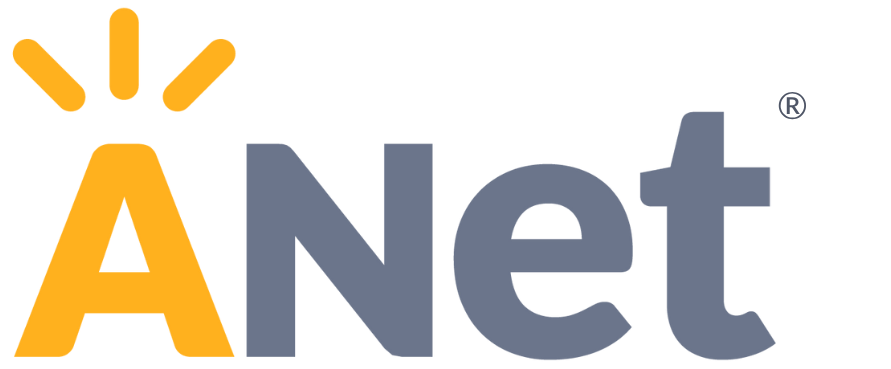The newfound focus on the quality of instructional materials carries the promise of better learning for students, and better, more satisfying working experiences for teachers. But that promise — engaging, standards-aligned lessons for all students — will truly be realized only if a few crucial pieces are all in place.
While the move to high-quality instructional materials, or HQIM, has the potential to serve as a catalyst to better teaching and learning, experienced leaders know it won’t be enough to hand out a new tool and just hope for the best. They’ll need to know if that instructional shift is actually happening, how it’s progressing, and how you can support teachers to make sure it does.
That’s why HQIM is just one part of the equation. To maximize student learning, leaders need to make sure three things — HQIM, assessment, and instruction — are all working together. Good assessments offer a quick view of how well the new materials are working with students, the kinds of supports teachers need in this transition, and any weak areas of the curriculum that should be reinforced or supplemented. That intel allows a focus on supporting the instructional shifts that HQIM makes easier to achieve.
At least, it should work this way. But as any district leader will tell you, there’s a pretty big disconnect between how things should work and how they actually do. Despite students participating in up to 25 hours of standardized tests each year, in addition to school tests that can lead up to 100 hours of testing for students, and districts shelling out four times more on assessments as they did just two decades ago, most leaders we talk with say they’re still flying blind when it comes to understanding how well implementing HQIM is going.
It’s time to get to the bottom of why that is and what leaders can do to make sure assessments become a valuable tool — rather than a hurdle — to improve teaching and learning.
In districts big and small across our country, educators are facing the same three problems when it comes to assessments.
- The quality problem: The assessments in place aren’t giving leaders insights into the curricula or how to improve instruction, they aren’t giving teachers timely results or actionable guidance, and as a result, students aren’t getting the feedback and tailored support they need to thrive.
- The volume problem: Assessments have been added over the years in hopes of fixing the quality problem. Multiple assessments are difficult to coordinate and costly, both in terms of resources and lost instructional hours. Leaders and teachers are awash in data, but not the data they need.
- The equity problem: Leaders and teachers aren’t getting a clear picture of what’s needed to close the equity gap because many assessments don’t disaggregate data well for students with unique needs.
Too often, assessments are understood as measurements of learning. At Achievement Network, we believe that the best assessments are instruments for learning. They should:
- Help educators see and create pathways that can change the course of students’ trajectories and open the way to their fullest potential,
- Make it easier for leaders and teachers to make decisions and take action, and
- Make it possible to cut back on testing time and replace it with time for targeted support for students.
We know educators have concerns about assessments. We do, too, which is why leaders will want to take a closer look and make sure that the assessments they select:
- Align with grade-level standards and HQIM being used in the classroom,
- Have more targeted questions that provide better insights into student misconceptions,
- Incorporate culturally-relevant content that reflects and celebrates the diverse strengths and experiences students bring to the table, and
- Provide educators with immediately-available results and guidance so they can adjust their instruction in real-time.
By upgrading to HQIM, districts have taken a big step toward this brighter future. Stronger assessments are the next critical step to unlocking the kind of instruction that doesn’t just change students’ test scores, but the trajectory of their lives. At ANet, we specialize in providing leaders with the tools and support to continue on the path to better understanding and supporting students’ learning. Reach out today to learn more about how we can partner with you.
This blog is part of Assessment Week 2024. View our other Assessment Week resources:
